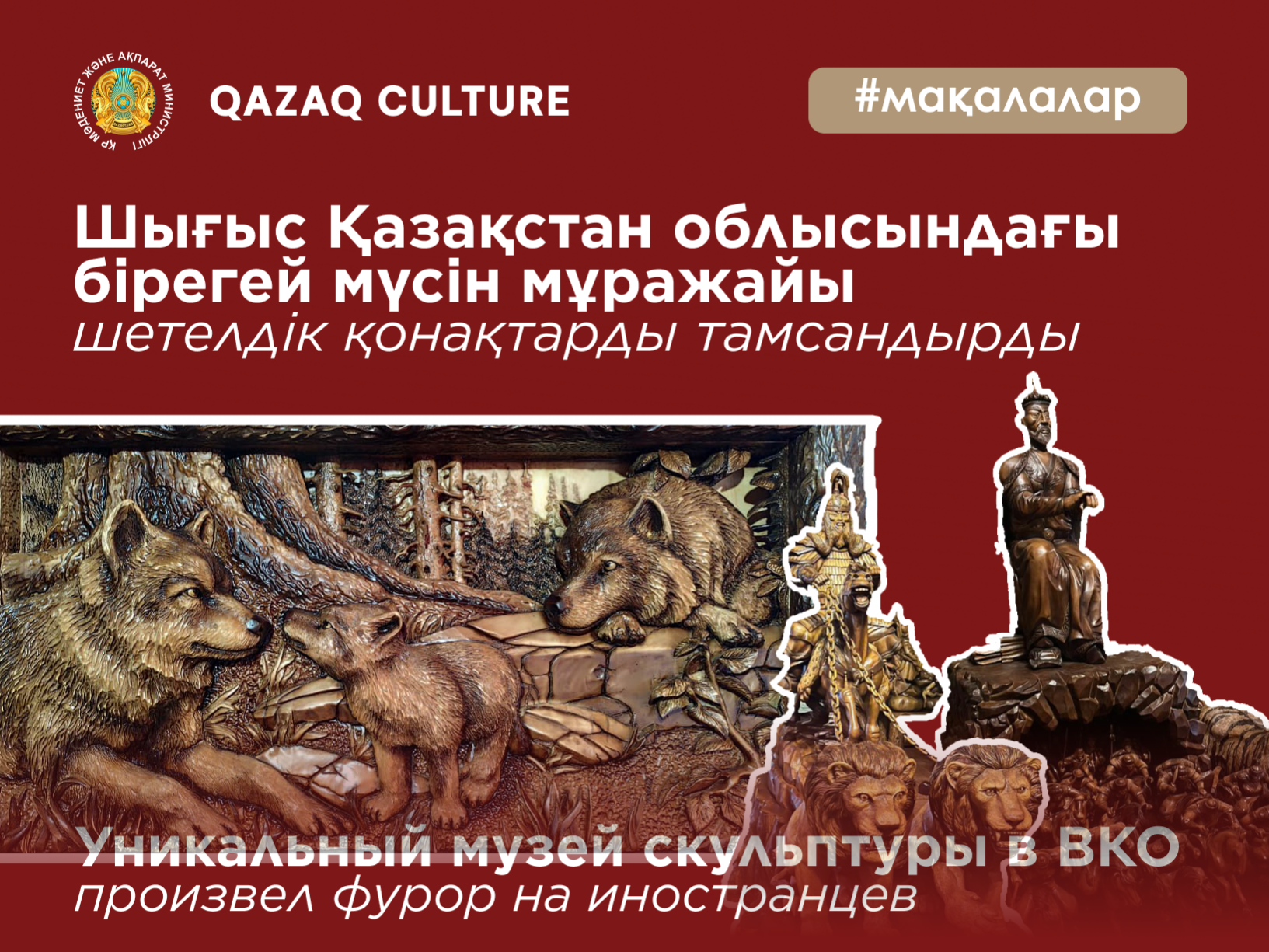
Unique sculpture museum in East Kazakhstan region makes a splash among foreigners
Günümüzde yaratıcı endüstriler, Kazakistan'ın temel kalkınma alanlarından biri haline geliyor. Cumhu...
An unforgettable adventure awaits you
19
March 19 is Renewal Day. The tradition of spring tree planting continues on this day.

Kazakhstan is located in the heart of Eurasia - at the intersection of key transportation routes. For millennia, the country's territory has served as a connecting bridge between the East and the West. Its strategic position has facilitated not only the active growth of trade but also the exchange of cultural and scientific achievements. The Great Silk Road passed through the lands of modern Kazakhstan. Caravans transported furs, gold, spices, and silk. Since ancient times, the vast steppes have united peoples and preserved many valuable artifacts. The word of Turkic origin 'Kazakh' means 'Free man,' and Kazakhstan is a country historically inhabited by freedom-loving nomads. At various stages of history, unique civilizations arose and developed here, and their heir is the modern state with a rich past and a multicultural heritage
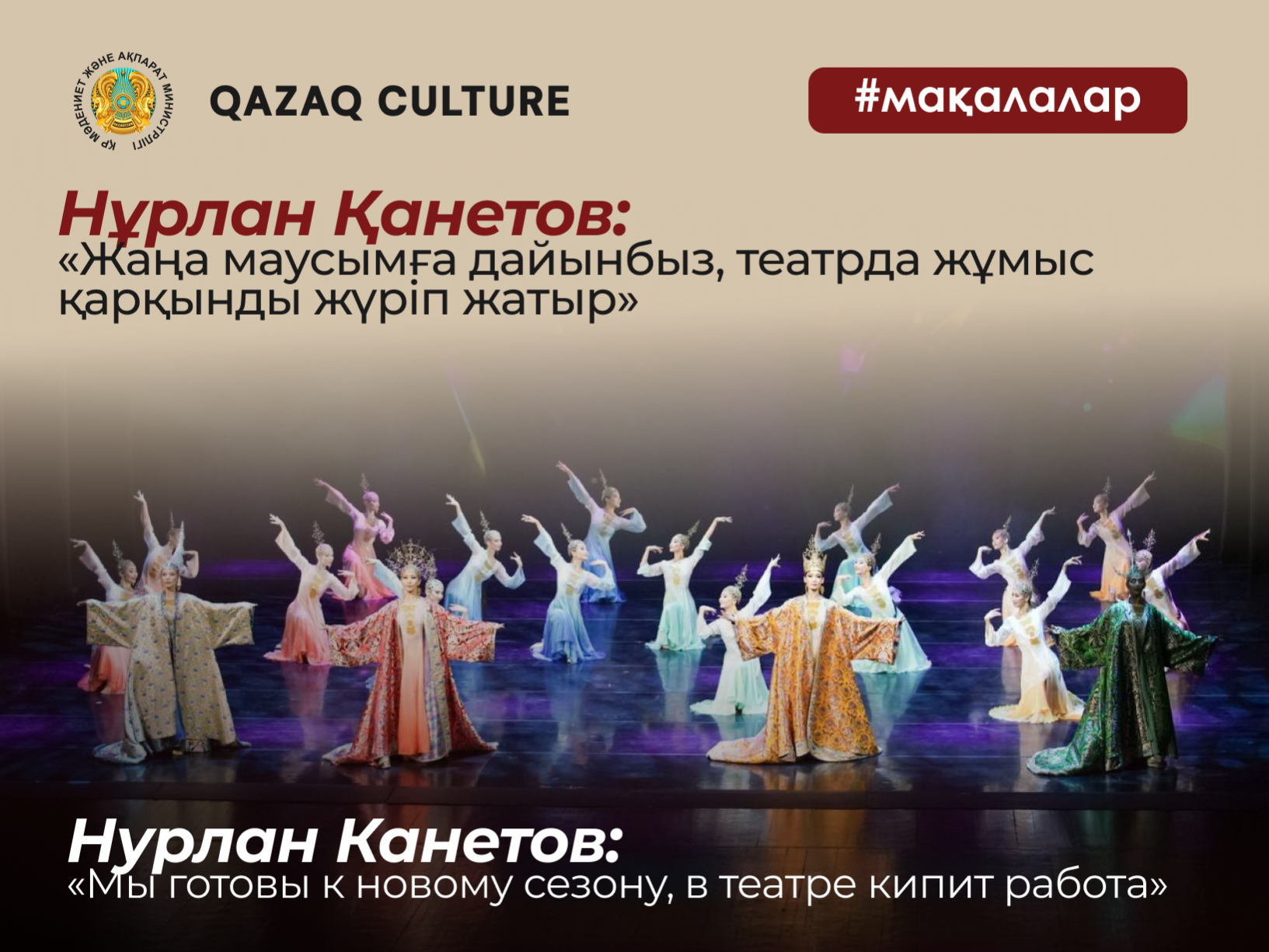

Günümüzde yaratıcı endüstriler, Kazakistan'ın temel kalkınma alanlarından biri haline geliyor. Cumhu...
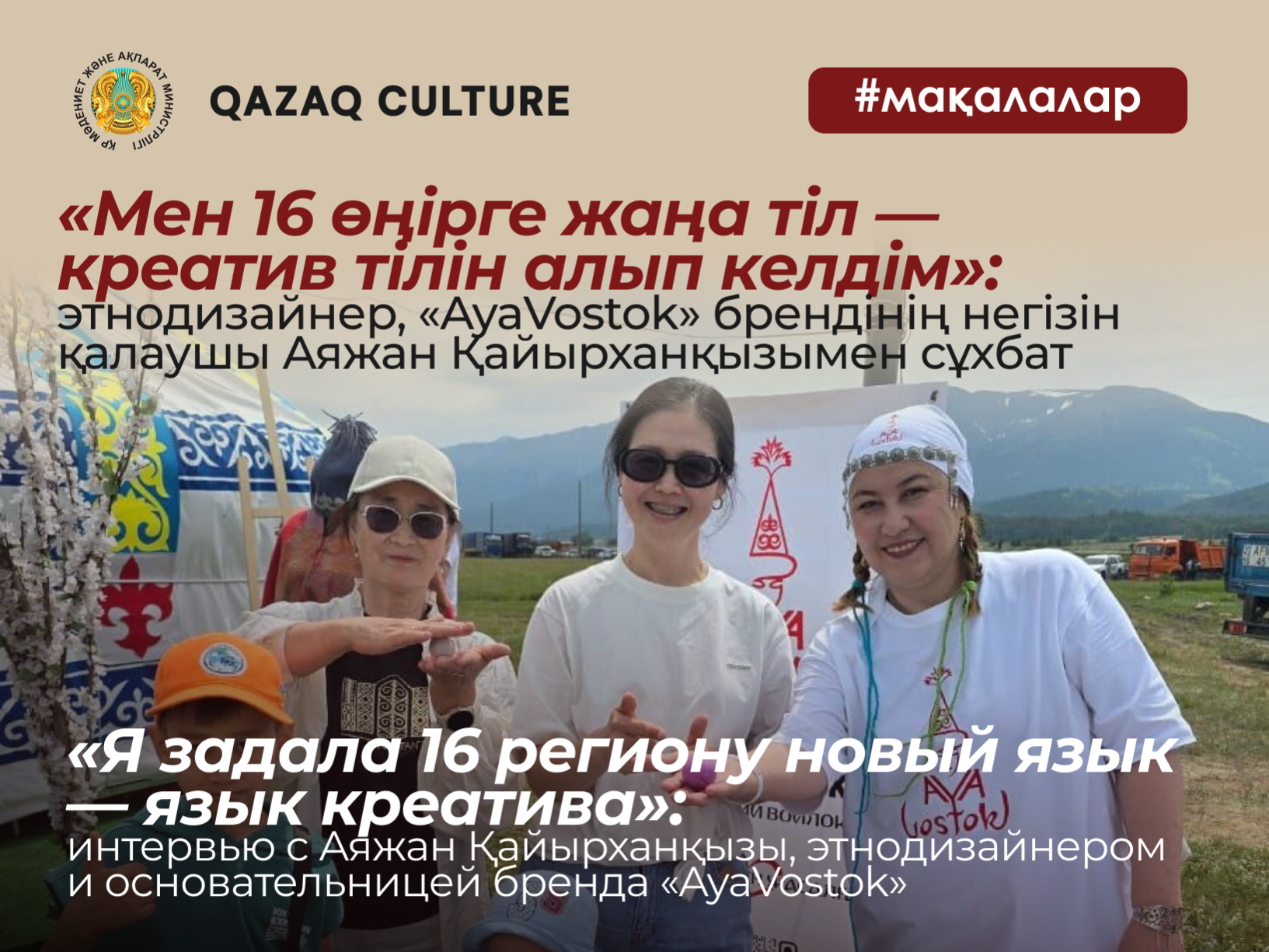
She is called a phenomenon person who managed to turn Ust-Kamenogorsk into a creative center of East...
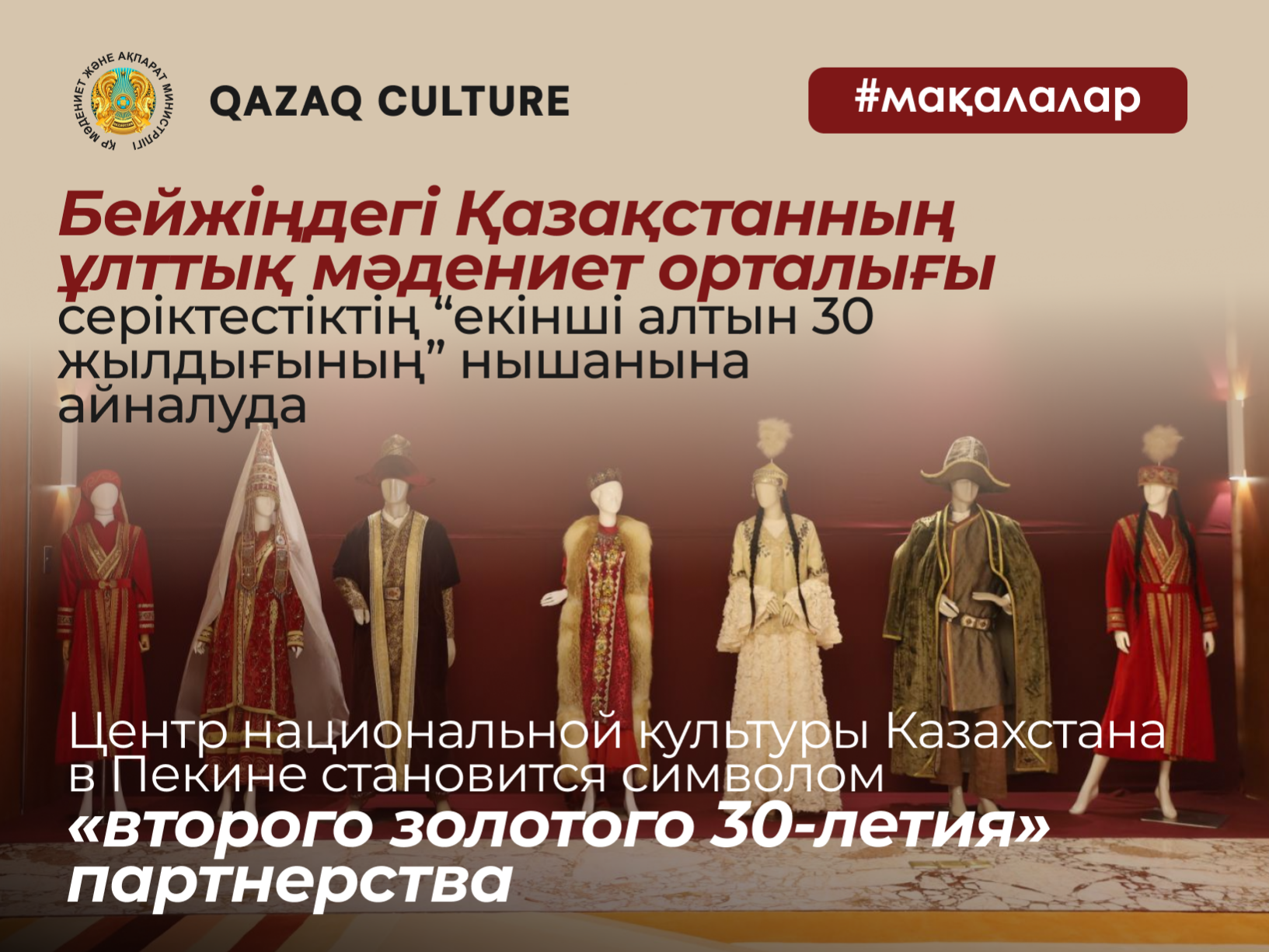
On September 2, 2025, the National Culture Center of Kazakhstan was opened in Beijing with the parti...
Discover the best places to visit in Kazakhstan. Explore the regions and find out what makes them unique.
Akmola region
Akmola region is one of the largest and most developed regions of Kazakhstan and ranks ninth in size. It borders with Kostanai region in the West, North Kazakhstan region in the North, Pavlodar region in the East and Karagandy region in the South.
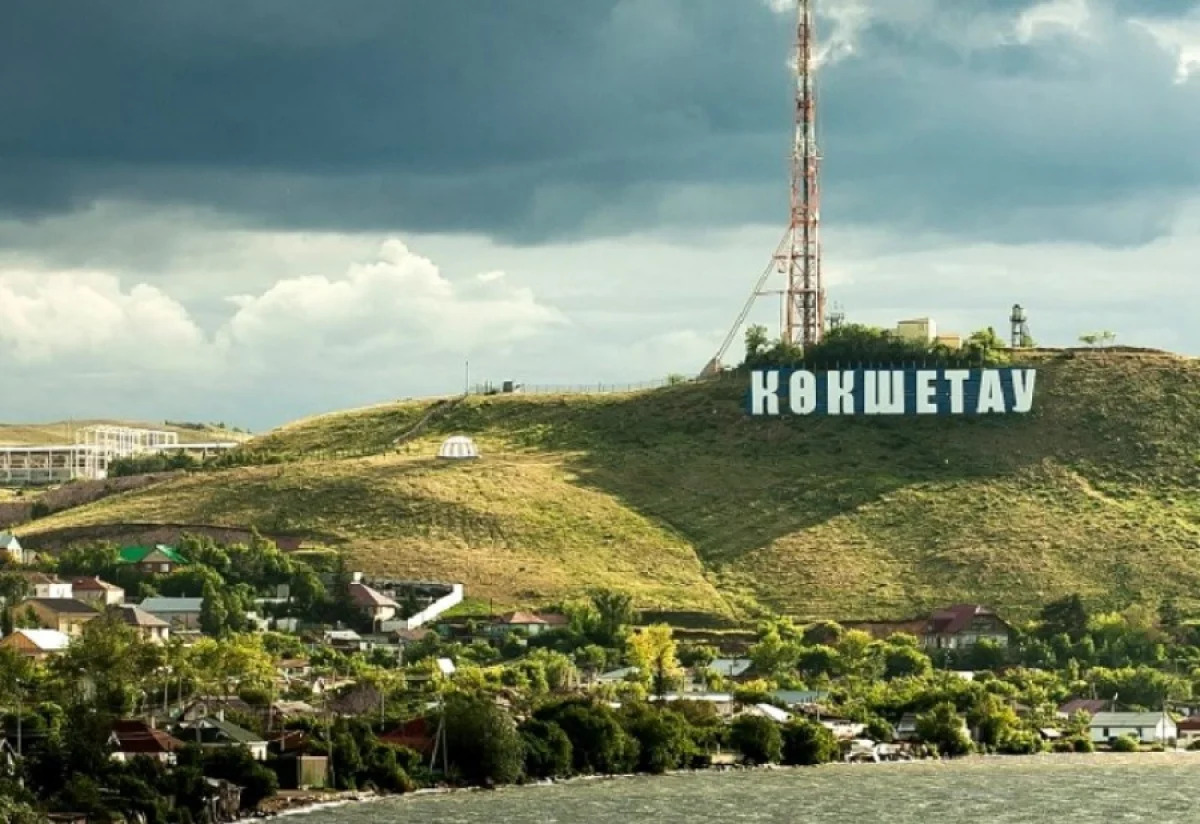
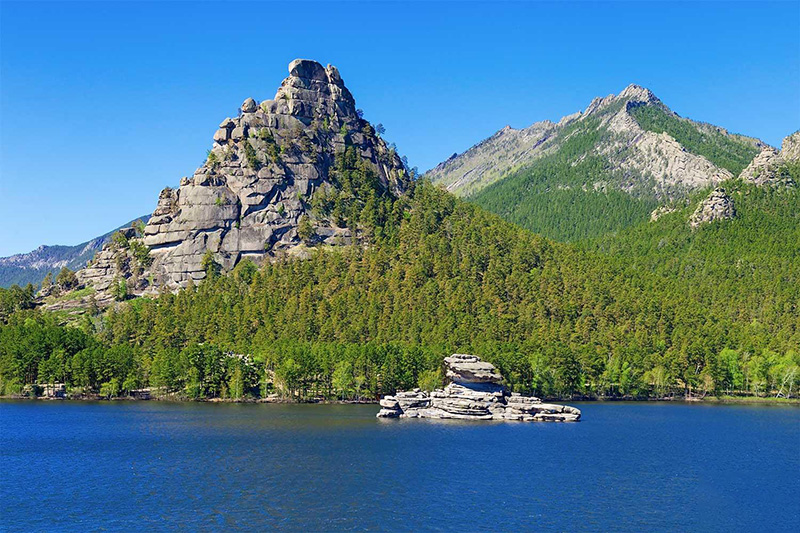

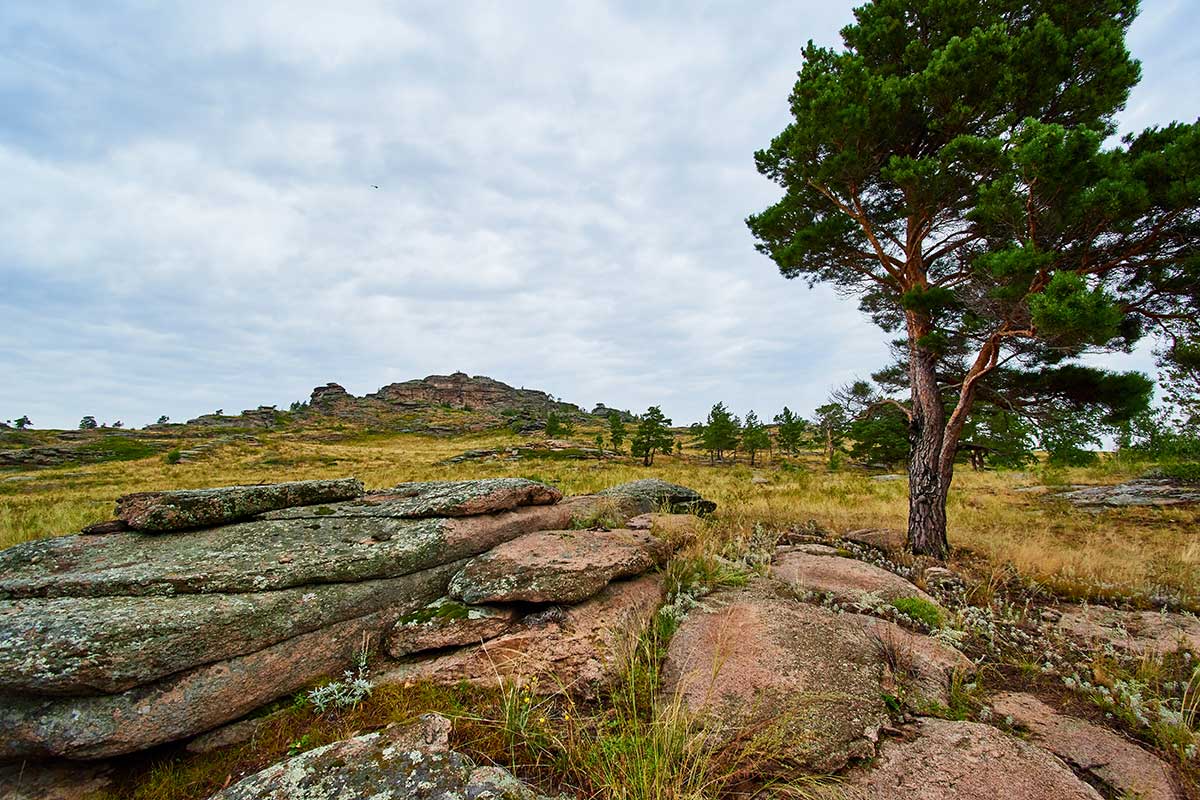
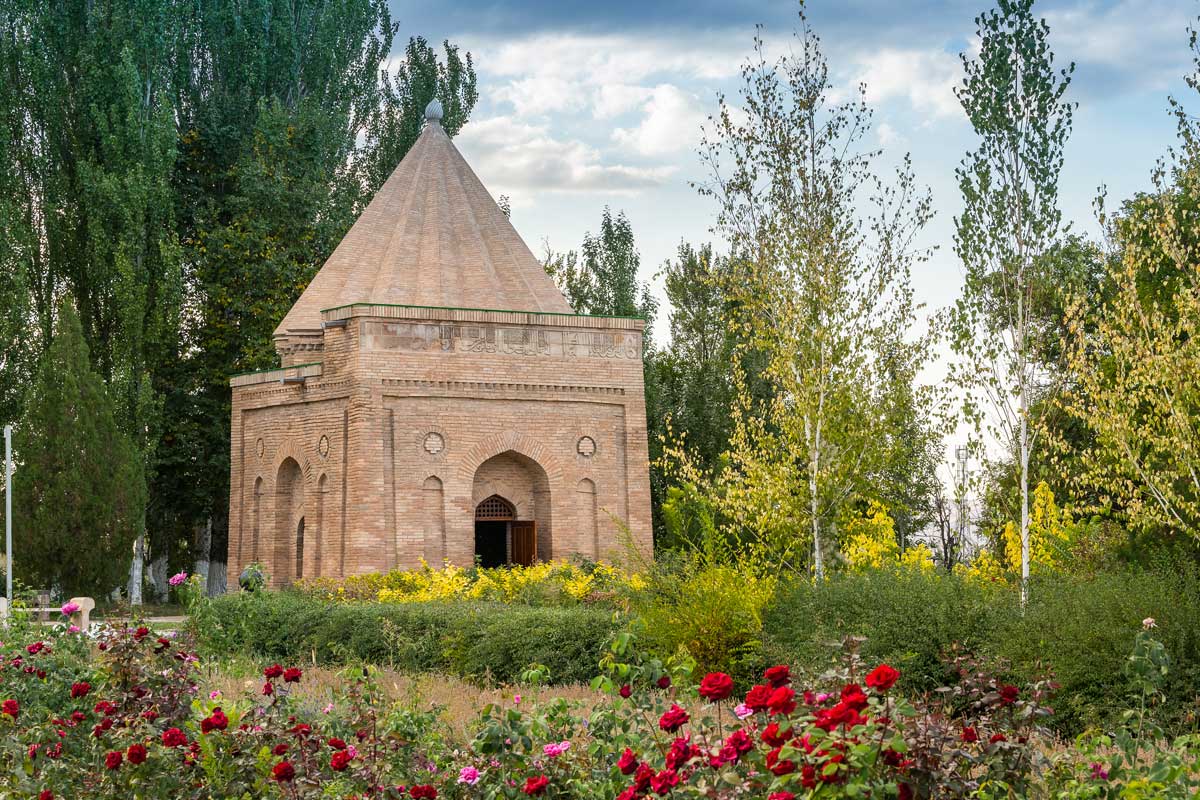
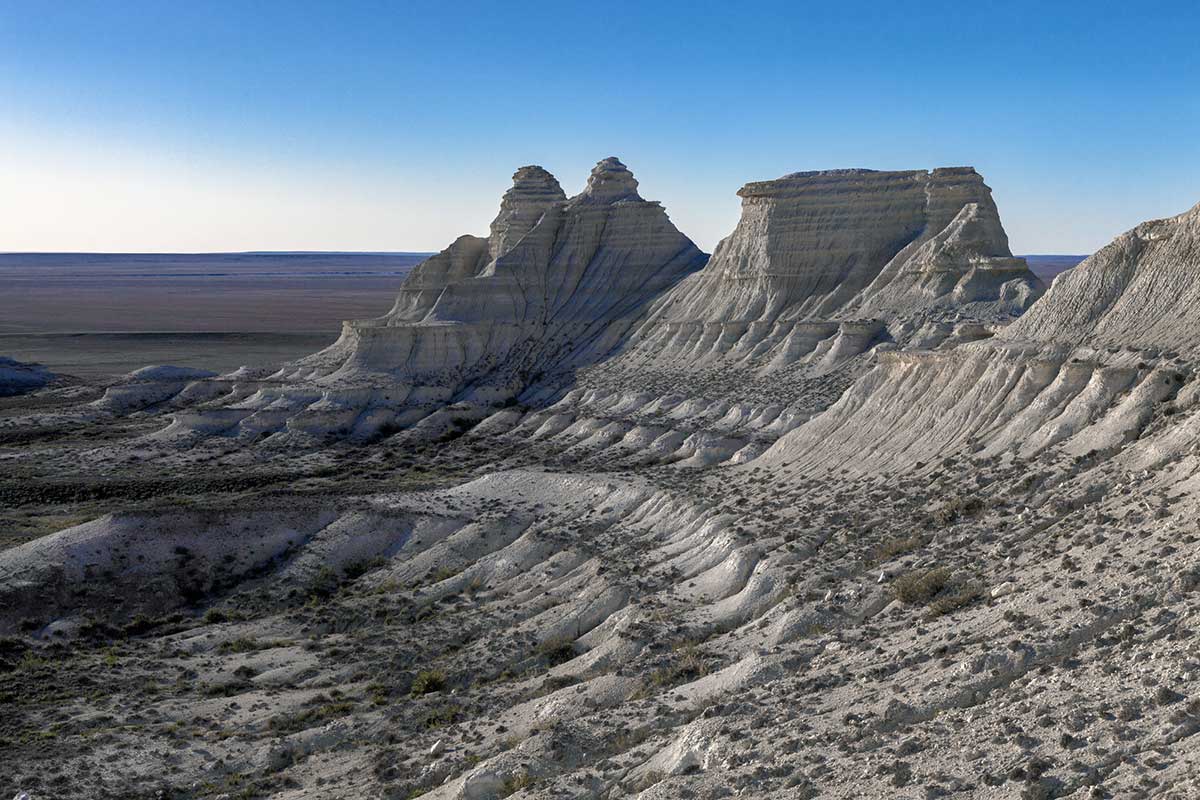
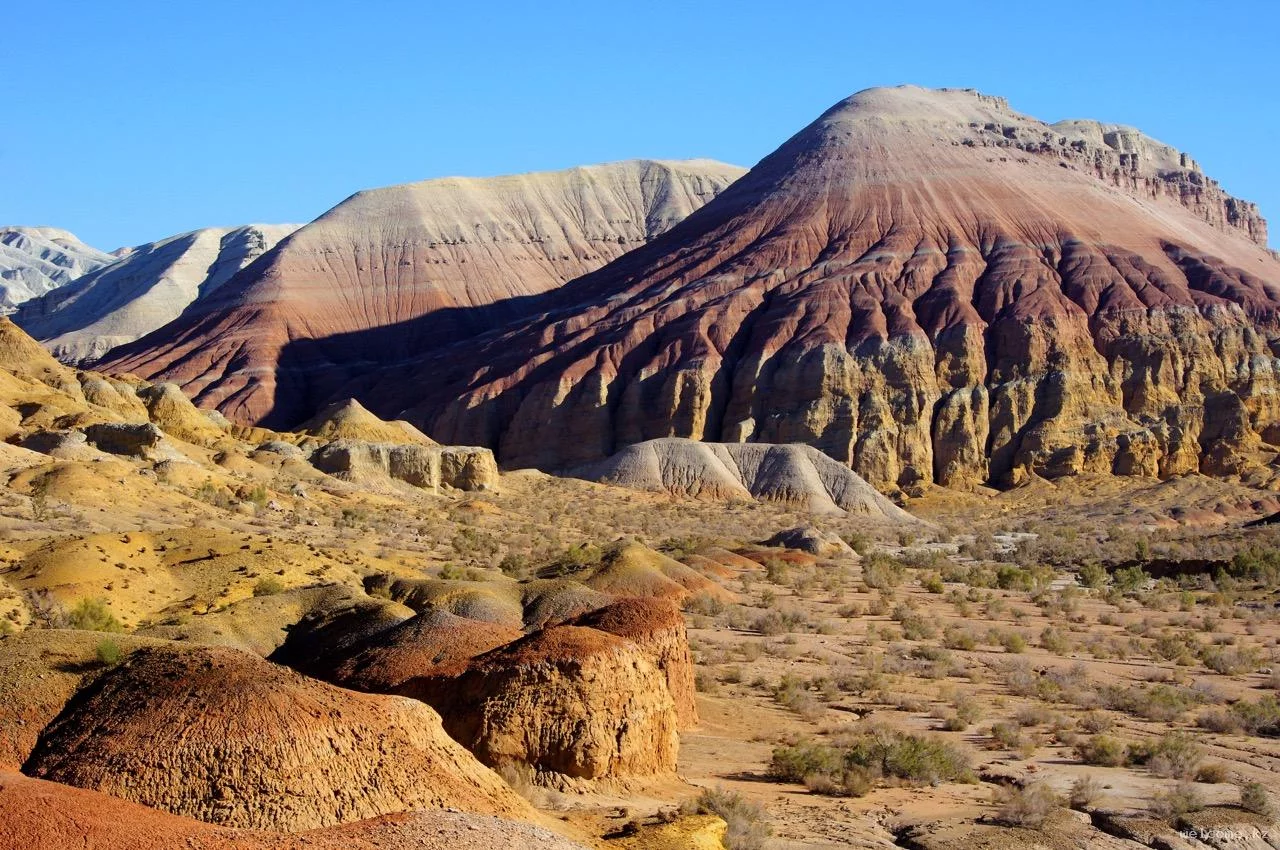

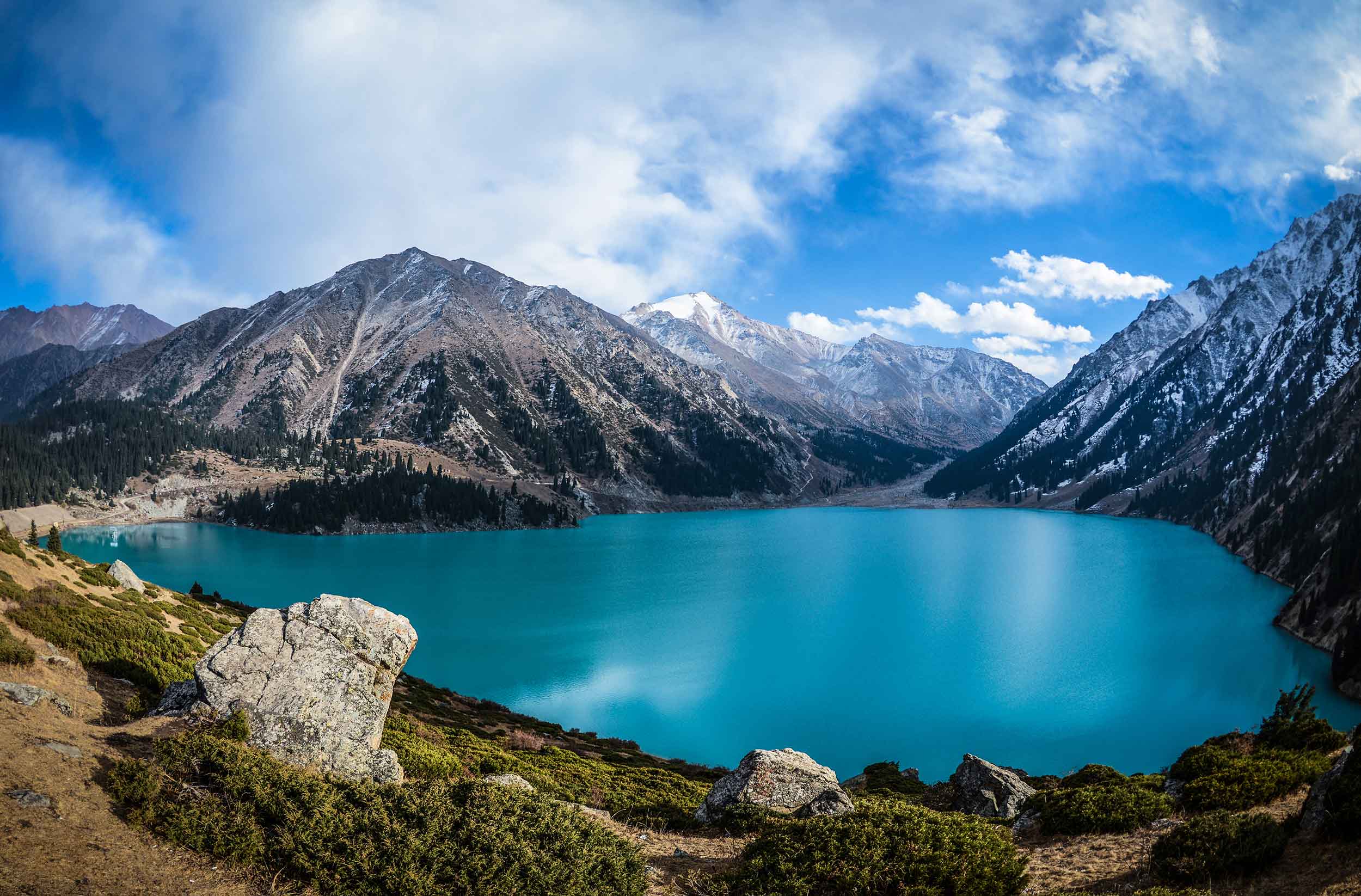


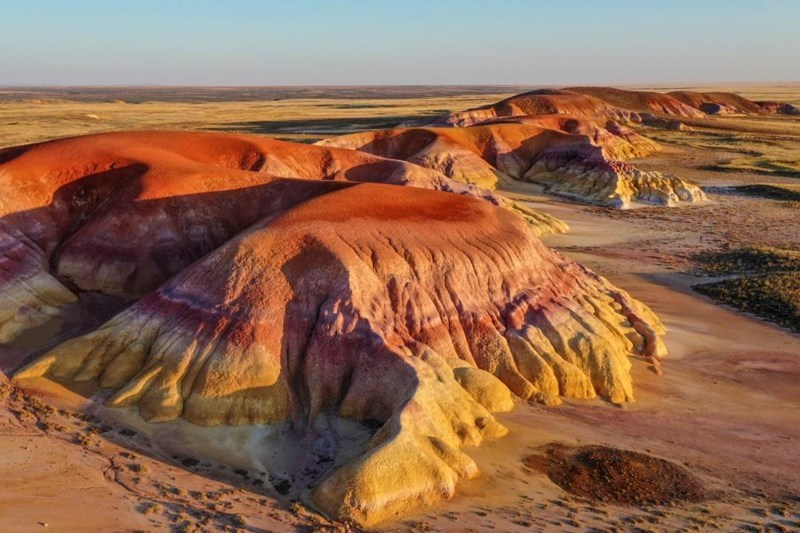
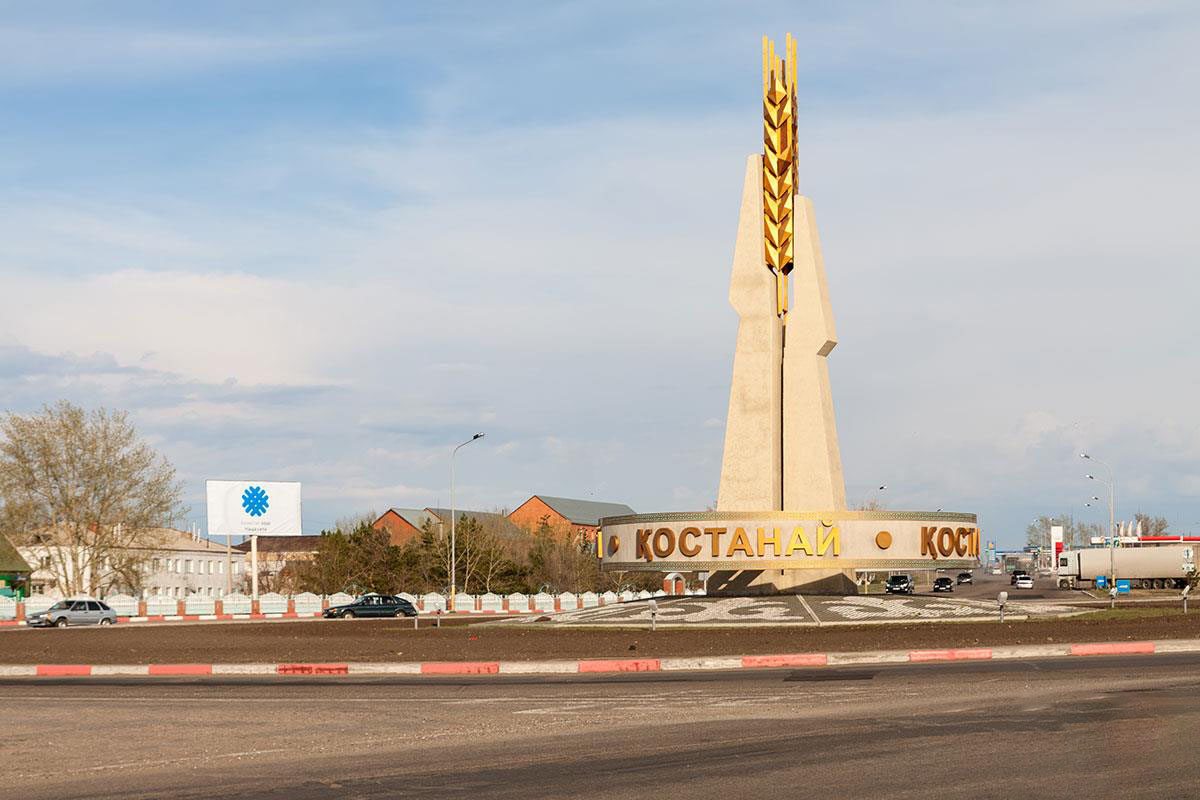
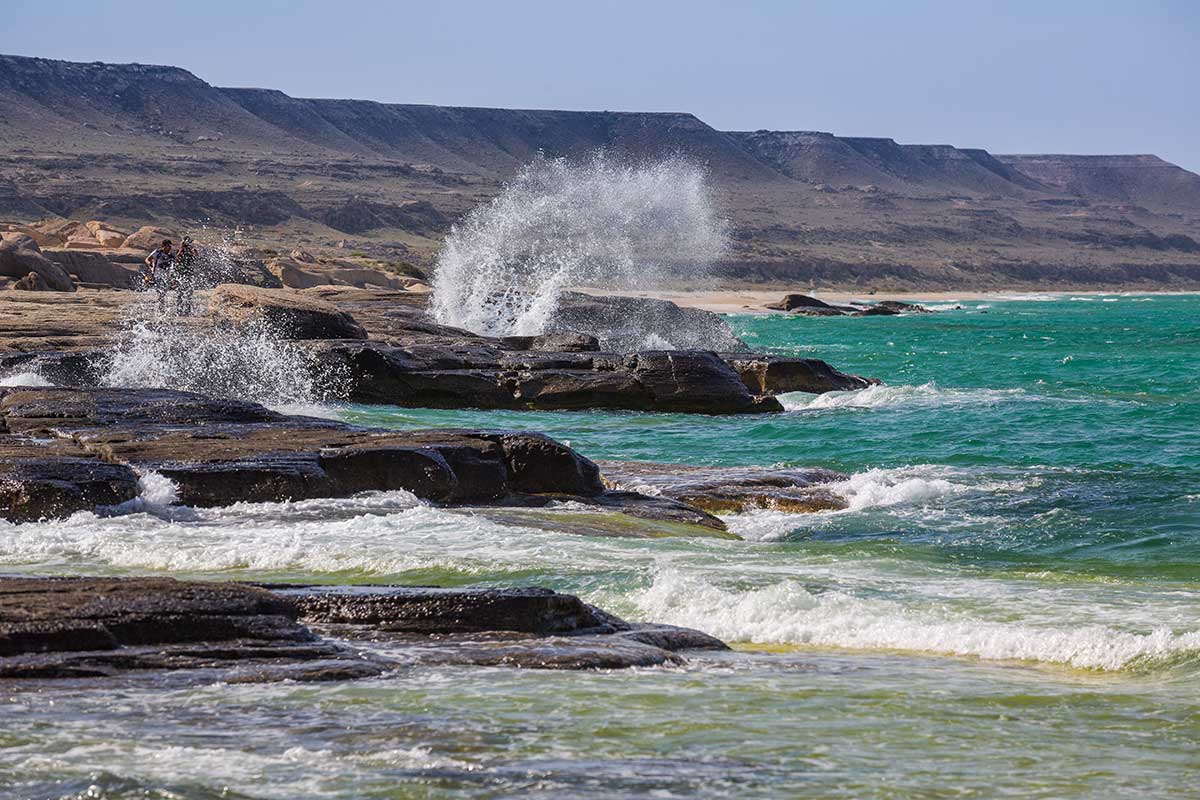
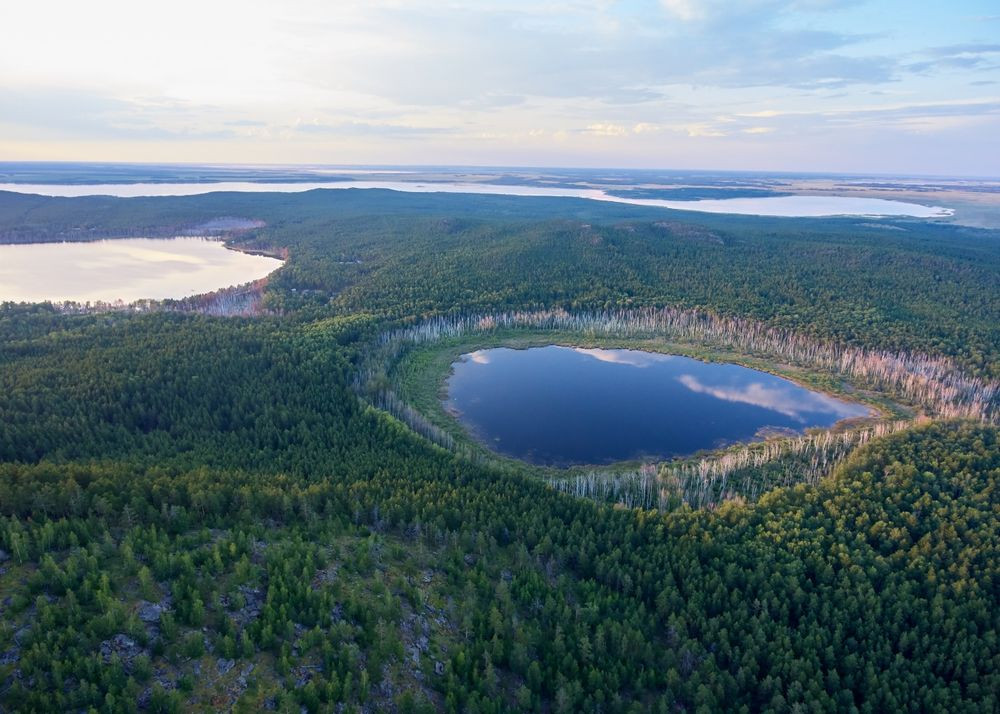

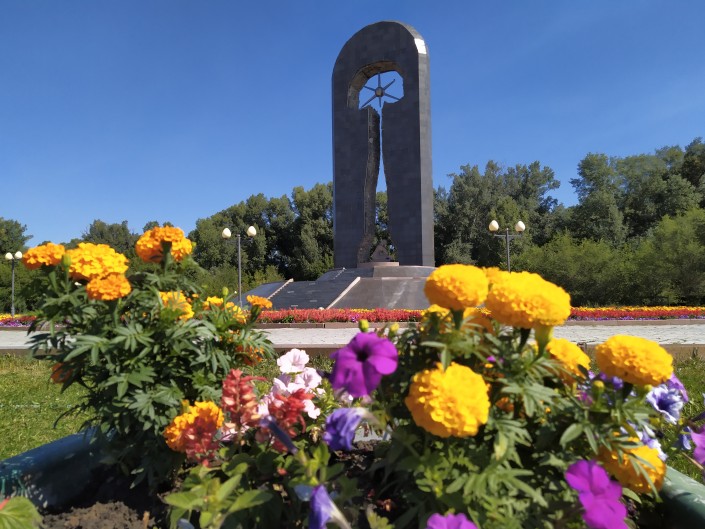
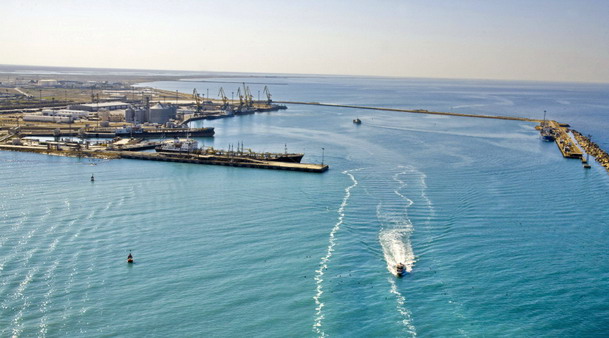
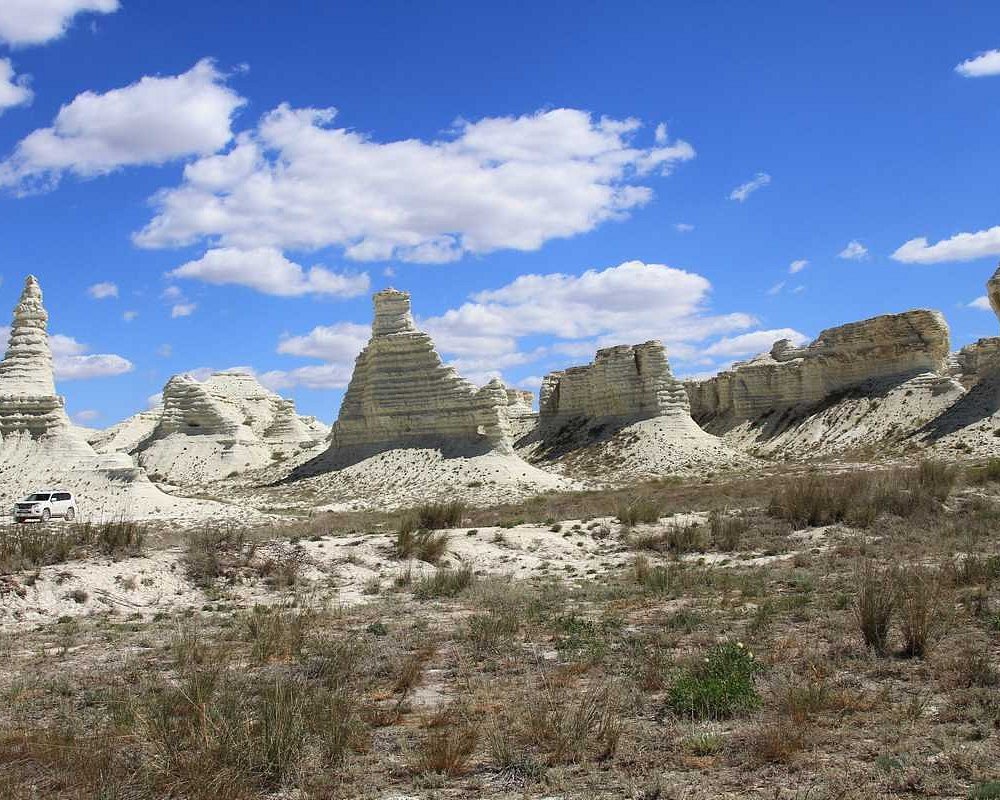
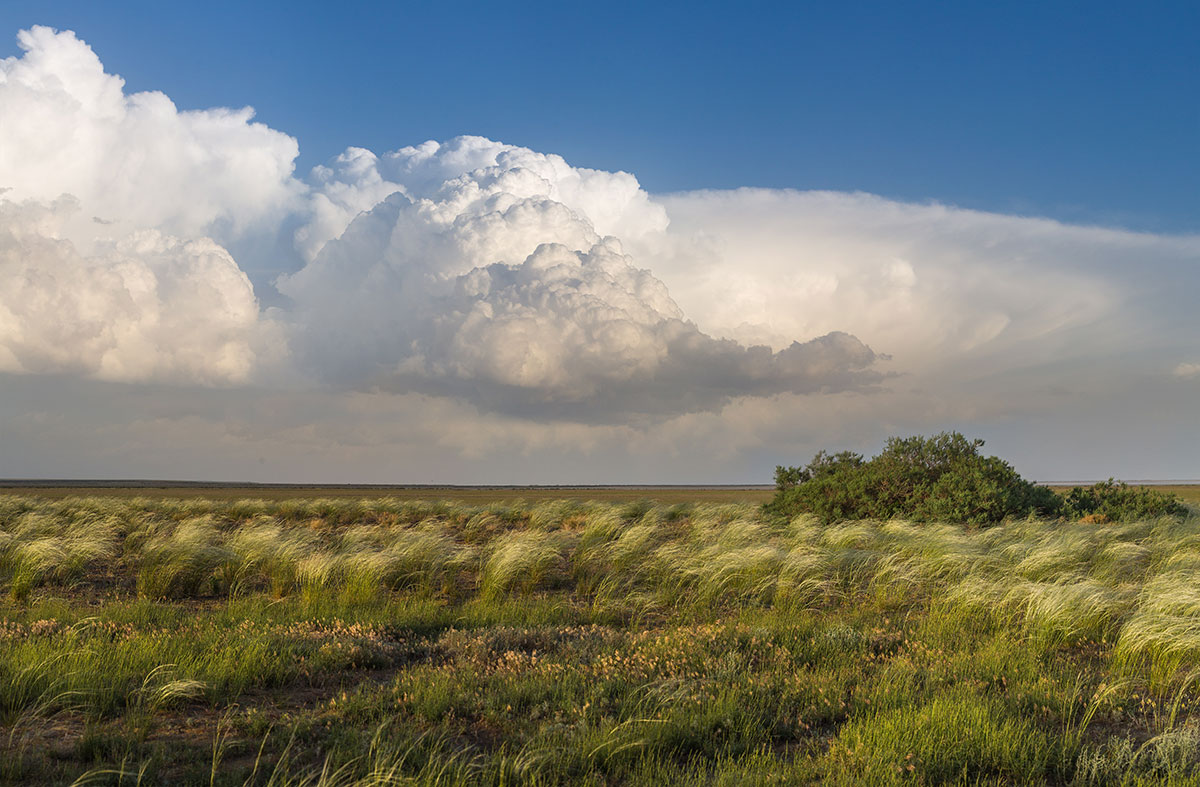
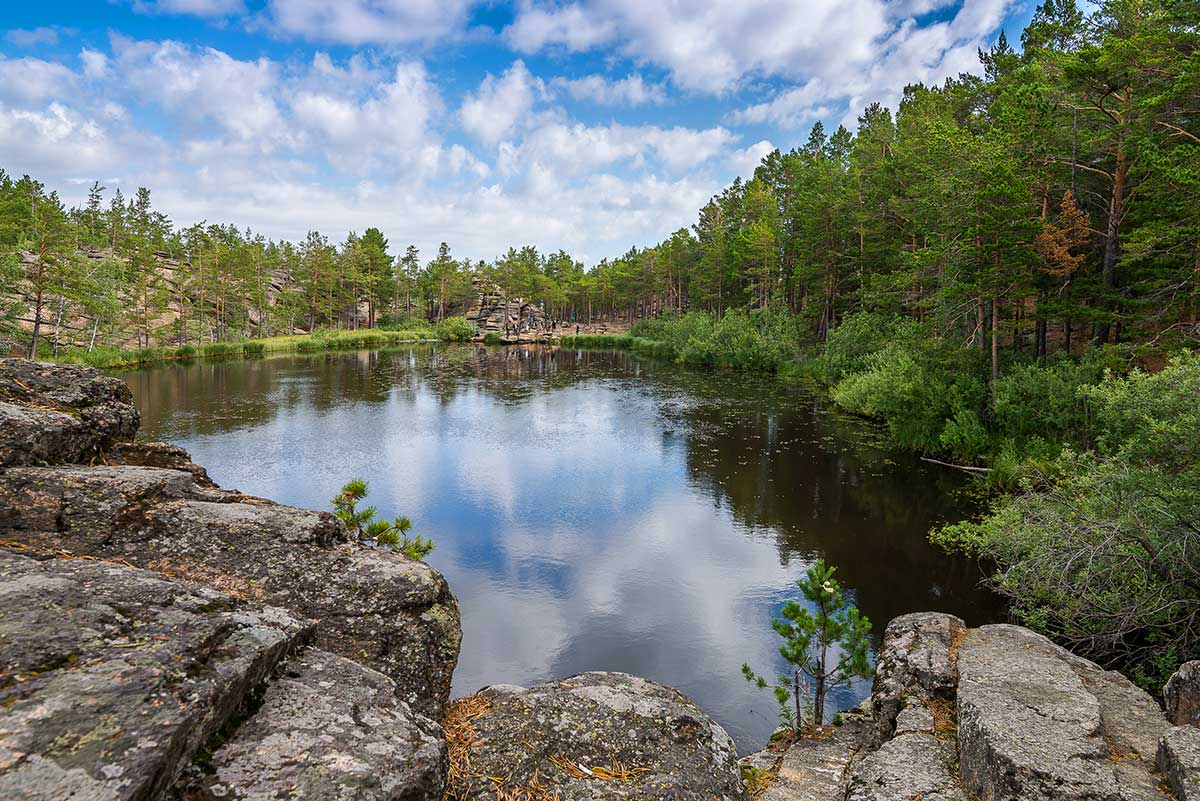
Heritage
Stay updated with the latest news and trending stories
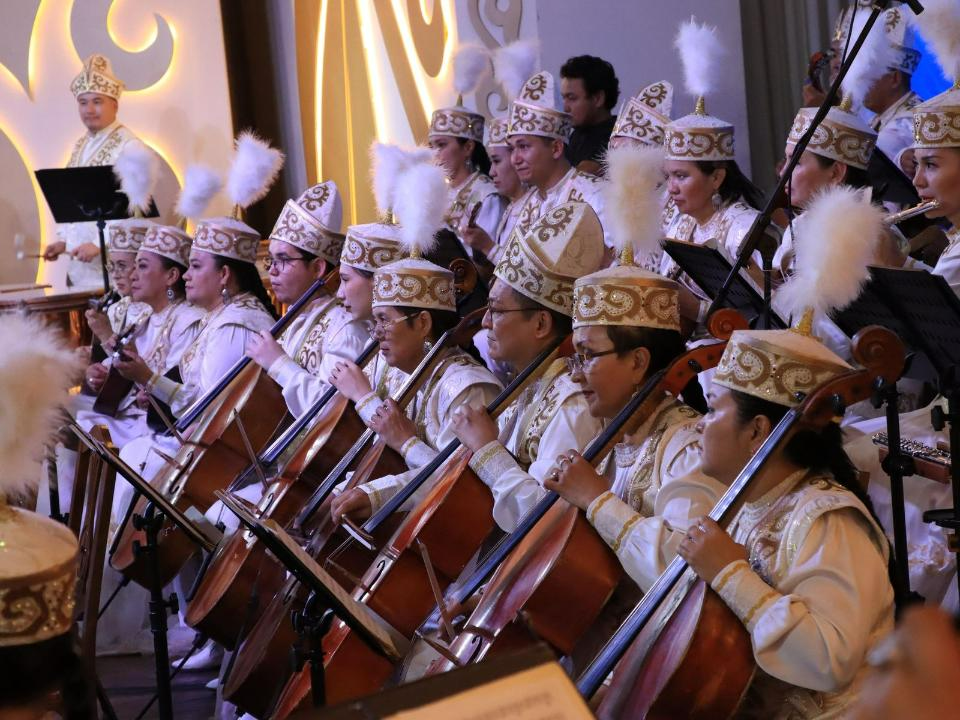
On September 12, 2025, the Kurmangazy Kazakh National Orchestra of Folk Instruments solemnly opened ...
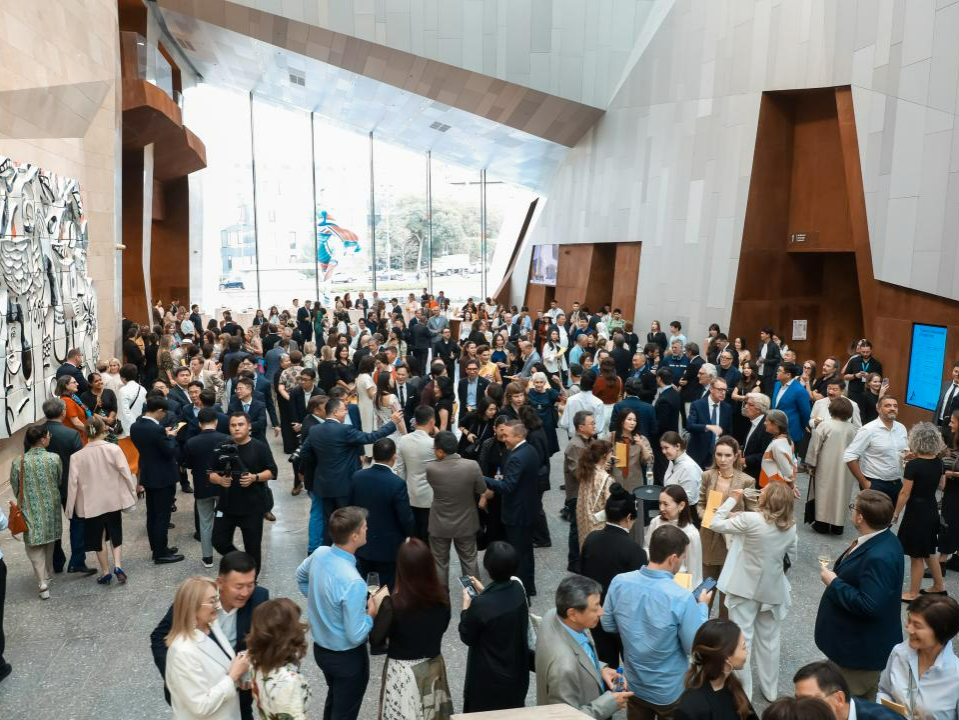
On September 9, 2025, the Almaty Museum of Arts, founded by entrepreneur, philanthropist and collect...
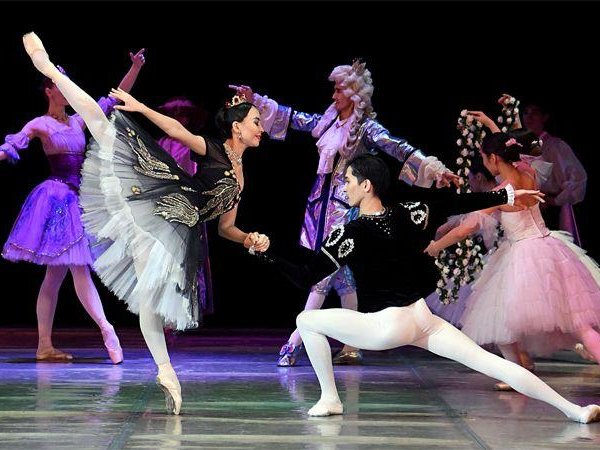
The State Academic Dance Theater of the Republic of Kazakhstan meets its 58th theatrical season with...
Upload your photo and try on the look of a Kazakh batyr or a Turkic amazon with the help of artificial intelligence